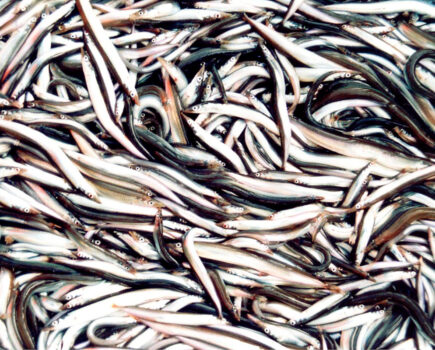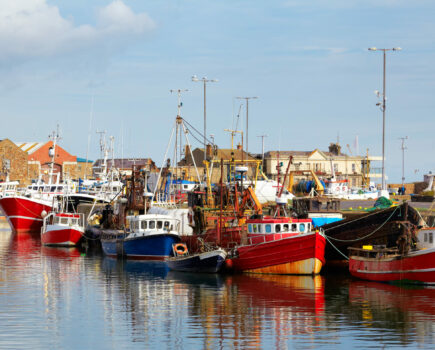Following an outcry from coastal communities across the Clyde, the Scottish Rural Affairs, Islands and Natural Environment Committee has opened a very brief consultation on the proposed statutory instrument (SI) that would close the entire Clyde Box to all forms of Nephrops and scallop fishing for an 11-week period commencing in mid-February (Fishing News, 27 January, ‘Industry outrage at shock Clyde closure’).
The consultation comes after a series of hurriedly arranged meetings, involving NGOs, fishermen’s representatives, Marine Scotland and the Scottish cabinet secretary for rural affairs and islands Mairi Gougeon.
It is understood that these have included detailed discussions about areas within the Clyde Box where cod are thought unlikely to have any spawning interest – which includes some of the muddier substrates where Nephrops burrows can be found.
A research summary prepared for the Scottish government, available at the gov.scot information hub, confirms that: “Cod mating activity in the northeast Atlantic takes place during the first quarter of the year.
“Spawning areas are chosen according to suitable substrate type (preferentially coarse sand), with further requirements including high salinity, low temperature (5-7°C) and low-to-moderate current flow. Given a suitable area, males will identify small territories (known as leks) that they subsequently defend from other males.
“While spawning, cod are extremely vulnerable to fishing activity. They are focused on mating, and the males are unwilling to leave their hard-won leks, so both sexes are less likely to try and evade oncoming nets. Physical disturbance during mating will disrupt the activity and potentially destroy the lek areas, and cod so disturbed may not return (and therefore may not spawn that year).
“If the stronger males are caught or disrupted, leaving the weaker males, the latter that remain may not be able to attract females. Stressed males are less likely to initiate mating. Noise may also disrupt mating, with females potentially unable to hear mating calls.”
The SI, and the associated government announcement about it, make clear that the closure under the SI is solely to protect spawning cod, and not for other issues related to fishing or the marine environment. The current discussions are thought to centre around the need to protect these habitats within the Clyde Box, whilst allowing limited fishing on other types of substrate.
A spokesperson for Marine Scotland told Fishing News as we went to press: “Given that the discussions are ongoing, we are unable to share anything yet.”
Although a number of tweets were made by individuals immediately after the talks, fishing industry representatives stressed the need to maintain dialogue, rather than anticipate results.
A spokesperson for the Community of Arran Seabed Trust (COAST), the local community NGO heavily involved in the issue, told FN: “COAST welcomes the call for views by the committee, and will be making it clear that although we were heartened by the revisions originally announced by the cabinet secretary two weeks ago, we do not believe that creel fishermen or hand-divers should have been included in the ban.”
The consultation document, and the period for responses, is exceedingly short, closing on 2 February, to allow views to be considered, and potentially for the legislation to be amended, before the closure comes into effect on 14 February.
You can make your views known by filling in a simple and easy-to-access online questionnaire here.
This story was taken from the latest issue of Fishing News. For more up-to-date and in-depth reports on the UK and Irish commercial fishing sector, subscribe to Fishing News here or buy the latest single issue for just £3.30 here.








